38 Low-Light Houseplants That Absolutely Thrive in the Shade
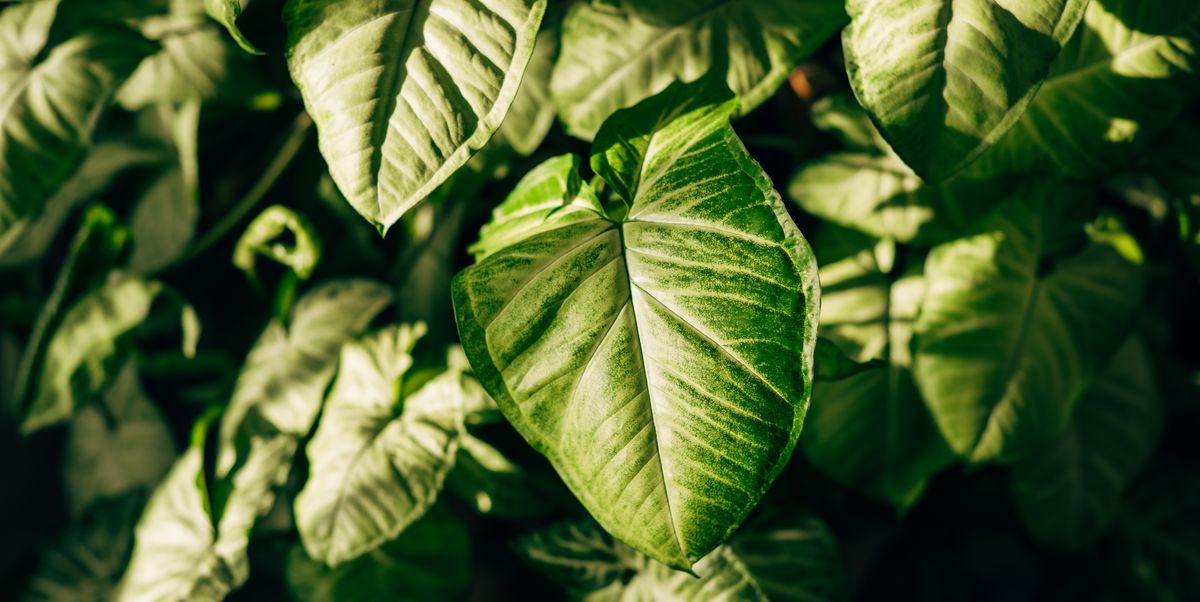

If your home lacks the natural lighting of your dreams, don’t fret. You can still fill your place with an abundance of greenery for an indoor-outdoor feel thanks to low-light houseplants that don't simply tolerate shady spots but thrive in them.
Many low-light houseplants are tropical varieties native to rainforests or forest floors, where they naturally receive filtered light. These plants thrive near north-facing windows or in consistently shaded areas where other indoor plants won't. While low-light houseplants don't automatically imply low maintenance, there are some low-light houseplants that require minimal care. This can be particularly beneficial for new plant parents or those who live in darker spaces. We suggest starting with an easy-care plant like a spider plant or pothos to gain confidence before expanding your indoor jungle.
Should you be eager for more options to consider, we’ve rounded up 38 of the best low-light houseplants to consider bringing home. Whether you opt for a red anthurium for a pop of color or a baby rubber plant, any of these options will liven up your space.
Additional copy by Kate McGregor.
Stay up to date on the latest real estate trends.

Mortgage rates have been fluctuating over the past month, but all the changes have been small. According to Freddie Mac, the 30-year fixed mortgage rate dropped by thr… Read more
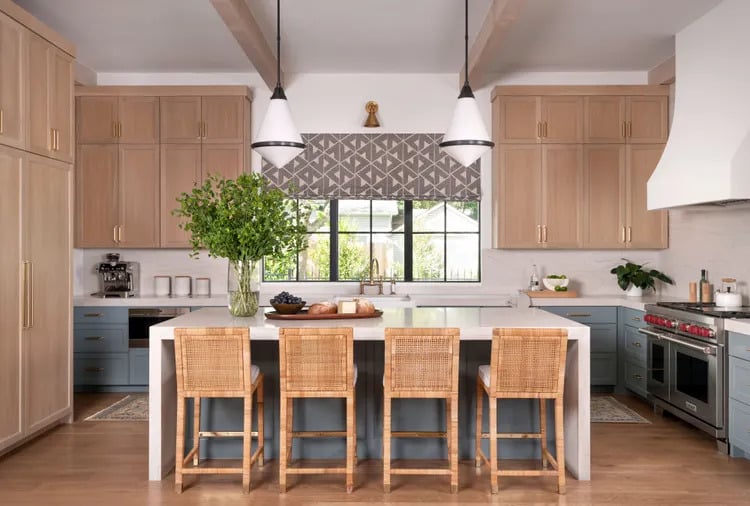
Experts reveal how the two-tone trend is updating kitchens with wood cabinets without a full renovation.

Skip the doors.
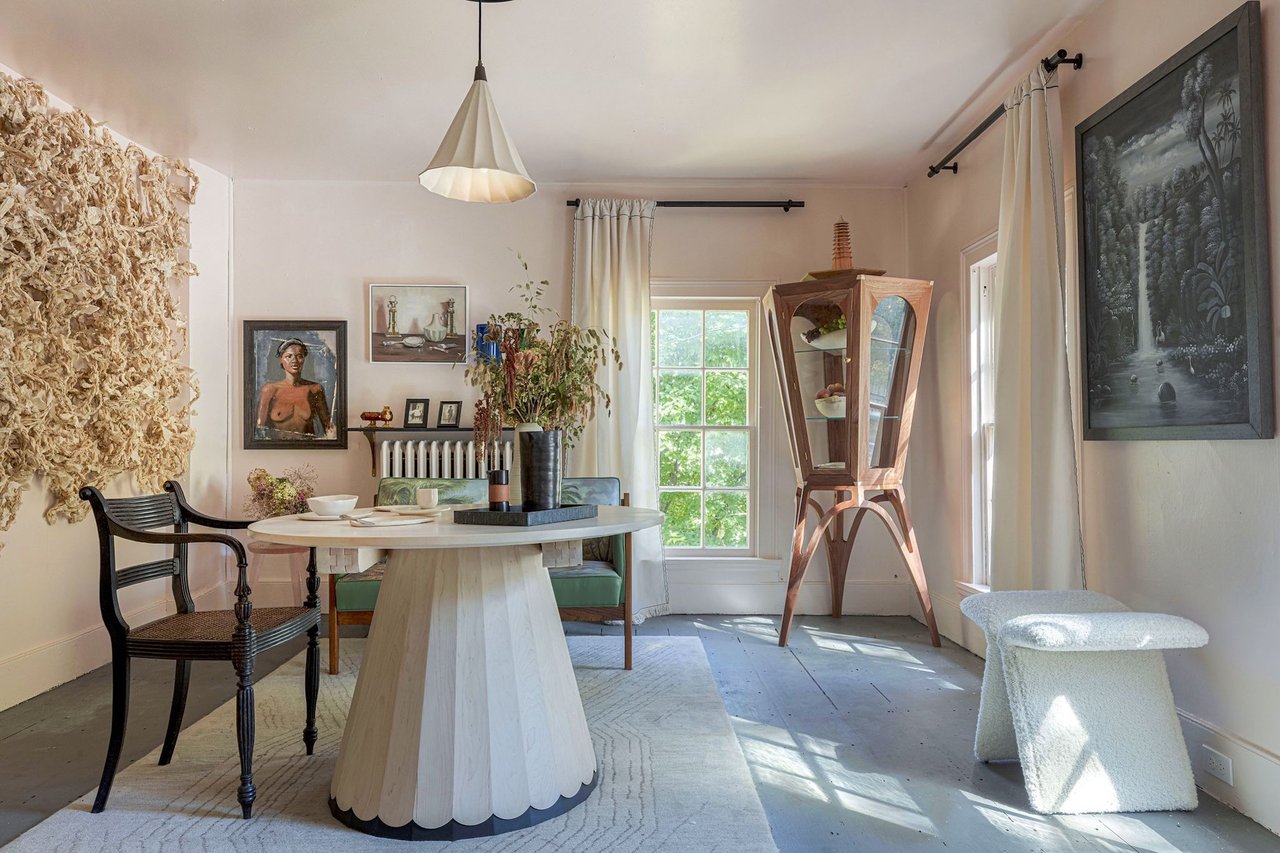
"It’s about creating homes that feel storied, not staged," say The Brownstone Boys.
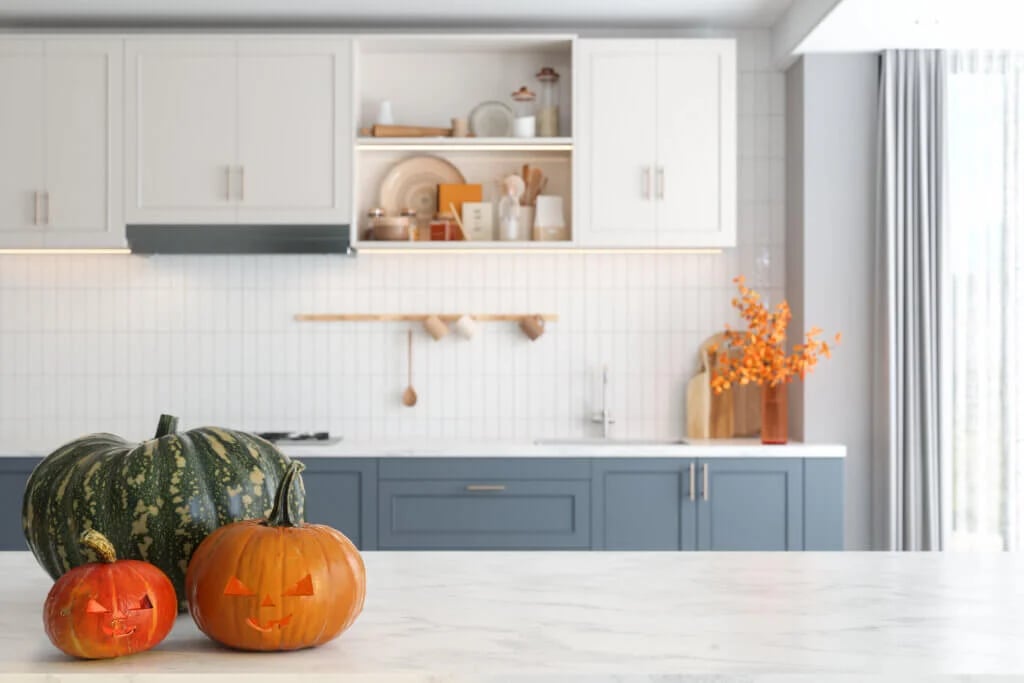
Welcome back to Second House on the Right, and happy October! Ready to get into the spooky spirit of Halloween? In this blog, we’ll delve into the fantastical world of… Read more
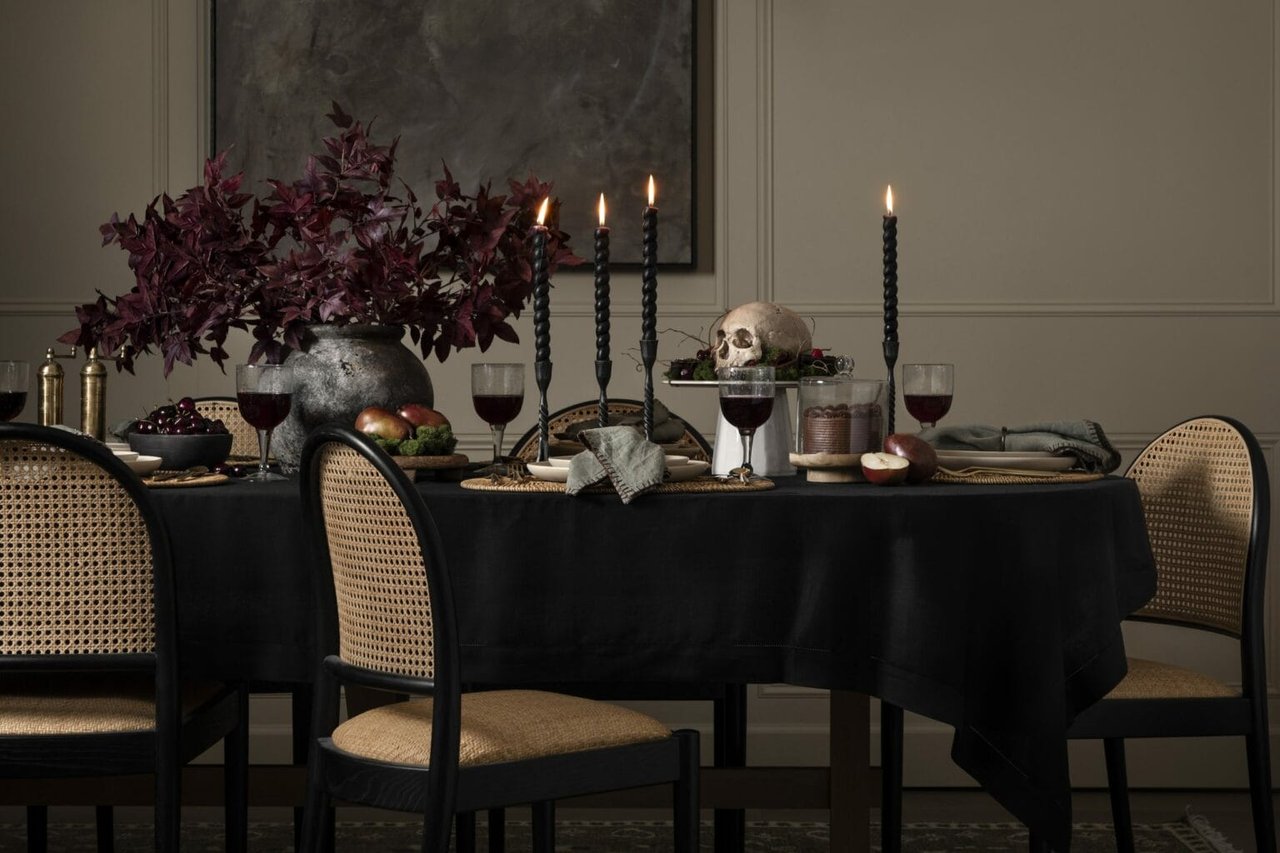
Crisp air, golden leaves, and cozy curb appeal, autumn is one of the most underrated yet powerful seasons for real estate. The autumn aesthetic: why fall colors help s… Read more

As the leaves start to change and a crisp breeze fills the air, the autumn season presents a unique opportunity for sellers to create a warm and inviting atmosphere th… Read more

It’s that time of the year again. A crisp chill in the air, the turning of leaves (at least in some parts of the Country) and the scent of pumpkin spice are all tradem… Read more

You don't need tons of natural light to live out your plant parent dreams.
You’ve got questions and we can’t wait to answer them.